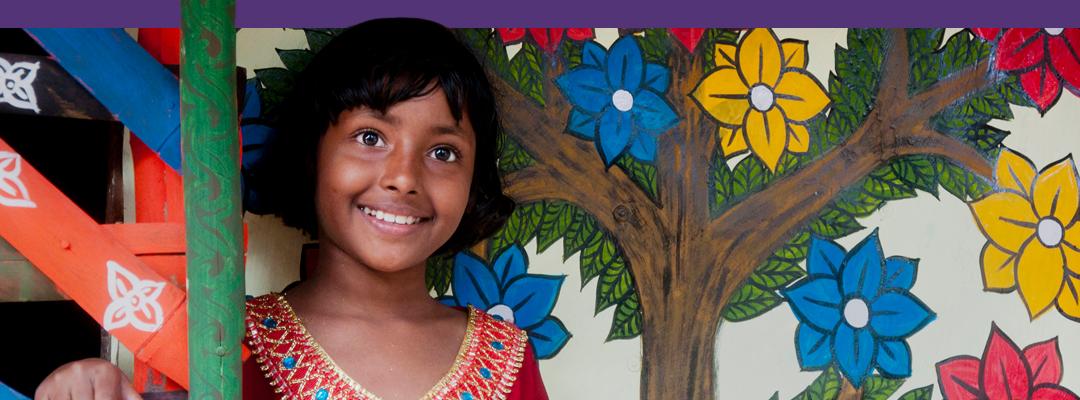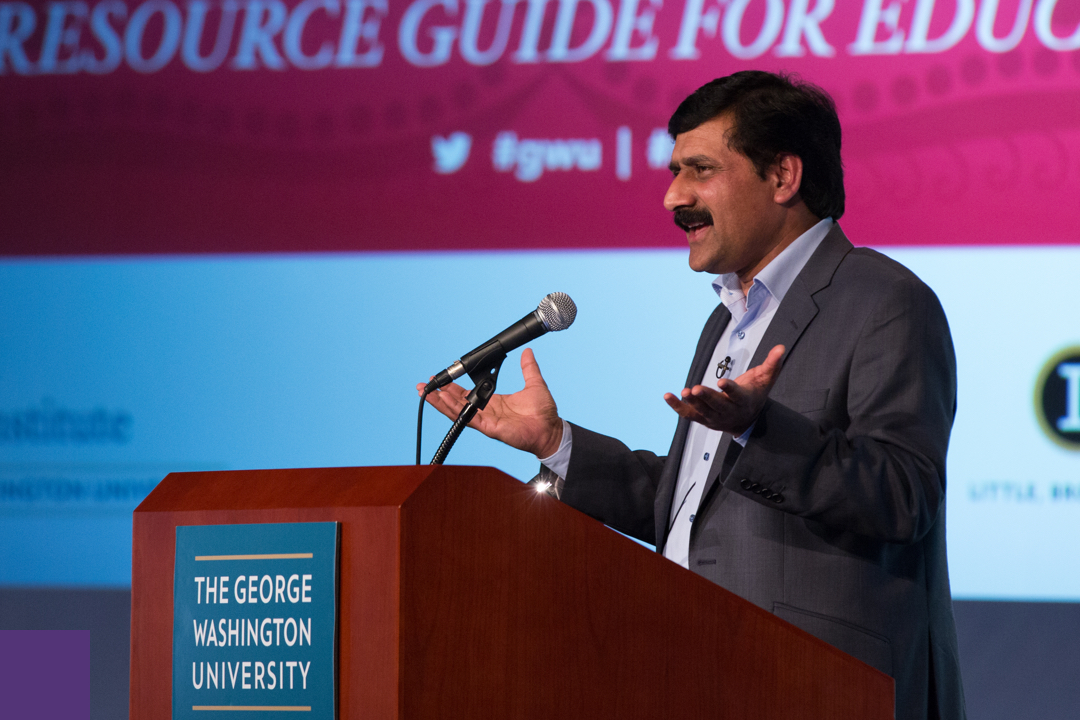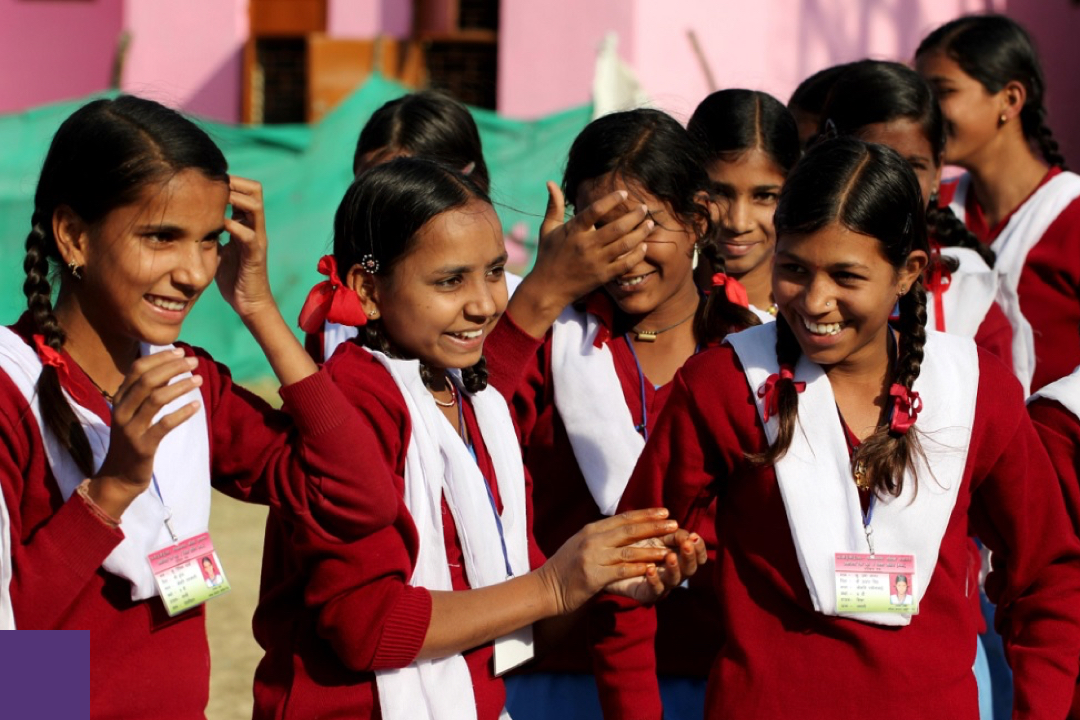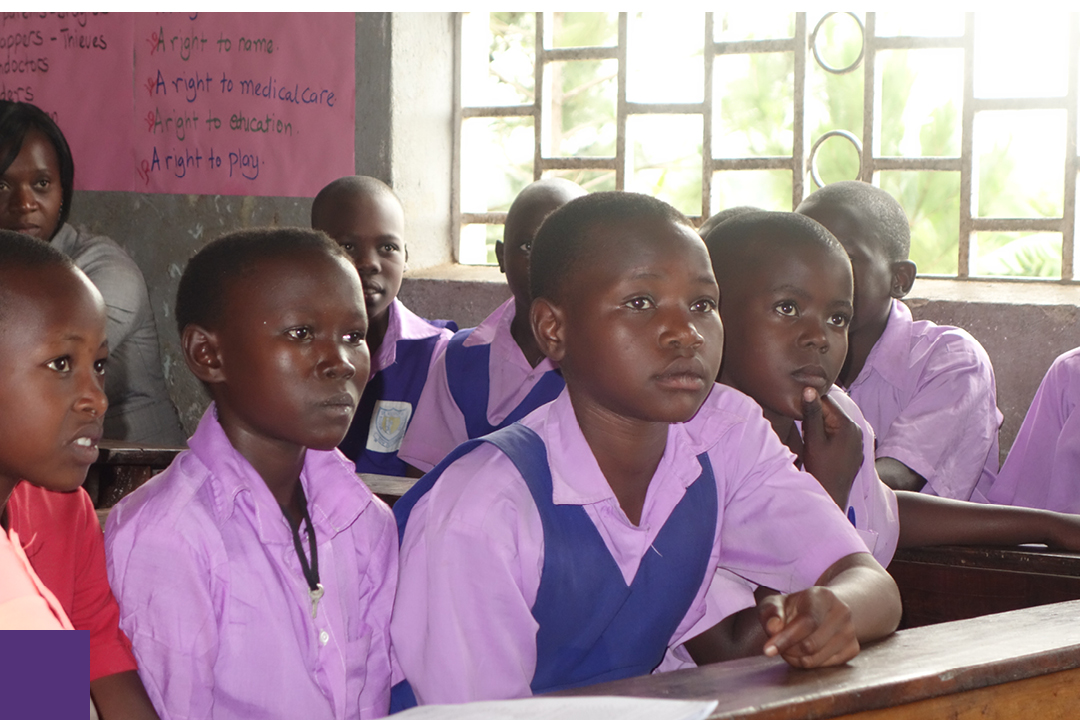Girls & Adolescents
According to the United Nations, there are 62 million girls missing from classrooms.
Girls’ education is the smartest investment opportunity in the world today. Research confirms that:
- Girls who complete secondary school are six times less likely to become child brides
- A girl with an extra year of secondary education can earn 20 percent more as an adult
- Educated mothers are more than twice as likely to send their children to school
Using evidence-based approaches, GWI offers tools to empower girls, expand gender equality and transform social norms. Ensuring girls and boys have the same access to education and opportunities for success is critical for achieving gender equality and to ending violence against women and girls.
Creating Tools to Empower Girls and Adolescents
Malala Yousafzai, the Pakistani advocate for female education who became the youngest ever Nobel Peace Laureate, inspired GWI and affiliated faculty to create a resource guide for university students. The guide, produced in collaboration with the Malala Fund, explores how politics, culture, religion and violence may affect gender equality and encourages girls to share their experiences and ideas with others. Ziauddin Yousafzai, Malala’s father and member of GWI’s Leadership Council, celebrated with GWI on campus when the guide was released.
After-school clubs in the U.S., Latin America and in Malala’s hometown in Pakistan are using a toolkit version of the guide specifically made for clubs to spur discussion and take action. The toolkit is a joint product of GWI and Girl Up!, a program run by the UN Foundation.
"I speak not for myself but for those without voice... those who have fought for their rights...
their right to live in peace, their right to be treated with dignity,
their right to equality of opportunity, their right to be educated."
Malala Yousafzai
Education advocate and Nobel Peace Laureate (2014)
Focusing on Adolescents and the Intersection of Violence Against Children and Violence Against Women
Research and policies on violence against women often neglect to address the specific risks adolescent girls face, and how this may pave the way for future violence and discrimination they may face as women. Similarly, research on violence against children frequently fails to take into account the differences that adolescent girls and boys experience compared to younger children, as well as differences among adolescents by virtue of gender. As a result of these gaps in research, both adolescent girls and boys often get forgotten in the development of policies and programs to end violence against women and/or children.
GWI is shedding a spotlight on this critical gap and on the steps that are needed for change. As part of the KNOW Violence in Childhood initiative, GWI co-authored two articles. The first paper explores how and why current evidence fails to address conditions of adolescents and their vulnerability to violence. The second paper examines opportunities and entry points to deliver joint programming for intimate partner violence and child maltreatment and develop ideas to strengthen policies and programs to prevent violence against adolescents.
School-based Interventions to Prevent Violence Against Women and Girls (VAWG)
One of the most important sectors in the efforts to prevent VAWG is that of education. The intersection of education and VAWG is particularly relevant as schools are environments where children and adolescents learn and develop social and behavioral norms. Working with the education sector at multiple levels is an effective approach to help shape future generations’ ideas of healthy relationships and balanced power dynamics, both for girls and boys. GWI conducted a review of effective interventions to reduce GBV in schools.





